Year 6
The English curriculum is built around the three interrelated strands of language, literature and literacy. Teaching and learning programs should balance and integrate all three strands. Together, the strands focus on developing students' knowledge, understanding and skills in listening, reading, viewing, speaking, writing and creating. Learning in English builds on concepts, skills and processes developed in earlier years, and teachers will revisit and strengthen these as needed.
In Years 5 and 6, students communicate with peers and teachers from other classes and schools, community members, and individuals and groups, in a range of face-to-face and online/virtual environments.
Students engage with a variety of texts for enjoyment. They listen to, read, view, interpret and evaluate spoken, written and multimodal texts in which the primary purpose is aesthetic, as well as texts designed to inform and persuade. These include various types of media texts including newspapers, film and digital texts, junior and early adolescent novels, poetry, non-fiction and dramatic performances. Students develop their understanding of how texts, including media texts, are influenced by context, purpose and audience.
The range of literary texts for Foundation to Year 10 comprises Australian literature, including the oral narrative traditions of Aboriginal and Torres Strait Islander Peoples, as well as the contemporary literature of these two cultural groups, and classic and contemporary world literature, including texts from and about Asia.
Literary texts that support and extend students in Years 5 and 6 as independent readers describe complex sequences, a range of non-stereotypical characters and elaborated events including flashbacks and shifts in time. These texts explore themes of interpersonal relationships and ethical dilemmas within real-world and fantasy settings. Informative texts supply technical and content information about a wide range of topics of interest as well as topics being studied in other areas of the curriculum. Text structures include chapters, headings and subheadings, tables of contents, indexes and glossaries. Language features include complex sentences, unfamiliar technical vocabulary, figurative language, and information presented in various types of graphics.
Students create a range of imaginative, informative and persuasive types of texts such as narratives, procedures, performances, reports, reviews, explanations and discussions.
(source: www.australiancurriculum.edu.au)
Achievement Standard
Receptive modes (listening, reading and viewing)
By the end of Year 6, students understand how the use of text structures can achieve particular effects. They analyse and explain how language features, images and vocabulary are used by different authors to represent ideas, characters and events.
Students compare and analyse information in different and complex texts, explaining literal and implied meaning. They select and use evidence from a text to explain their response to it. They listen to discussions, clarifying content and challenging others' ideas.
Productive modes (speaking, writing and creating)
Students understand how language features and language patterns can be used for emphasis. They show how specific details can be used to support a point of view. They explain how their choices of language features and images are used.
Students create detailed texts elaborating on key ideas for a range of purposes and audiences. They make presentations and contribute actively to class and group discussions, using a variety of strategies for effect. They demonstrate an understanding of grammar, and make considered vocabulary choices to enhance cohesion and structure in their writing. They use accurate spelling and punctuation for clarity and make and explain editorial choices based on criteria.
(source: www.australiancurriculum.edu.au)
- Plus Plan
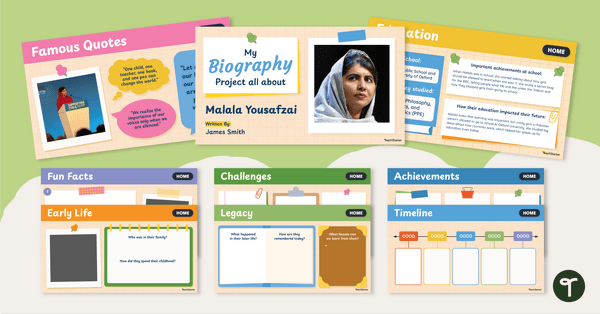
Digital Biography PowerPoint Template
Download this biography PowerPoint template, which helps students research and present facts about an influential person in a structured digital book.
- Plus Plan
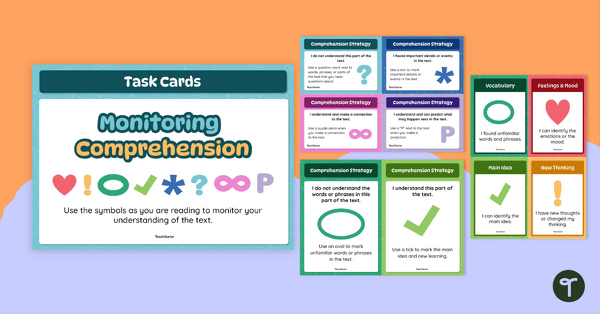
Reading Comprehension Symbols Poster Pack
Use these Reading Comprehension Symbols posters to help students keep track of their comprehension during reading.
- Plus Plan
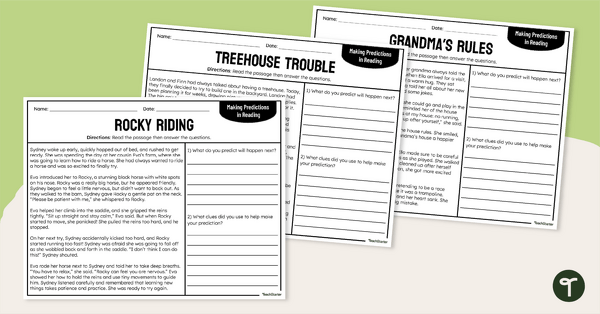
Reading Making Predictions Worksheet Pack
Practise reading and making predictions with this Reading Making Predictions Worksheet Pack.
- Plus Plan
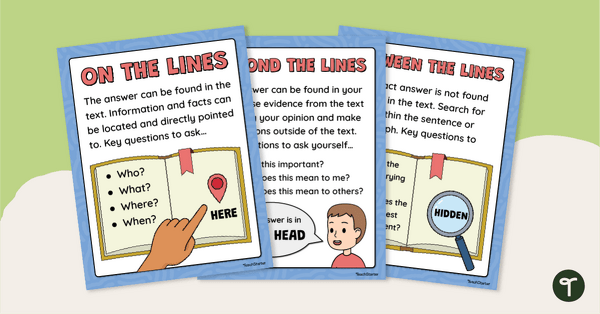
Three Levels of Reading Posters
Teach your students to read beyond the lines, between the lines and on the lines with a set of printable 3 Levels of Reading posters.
- Plus Plan
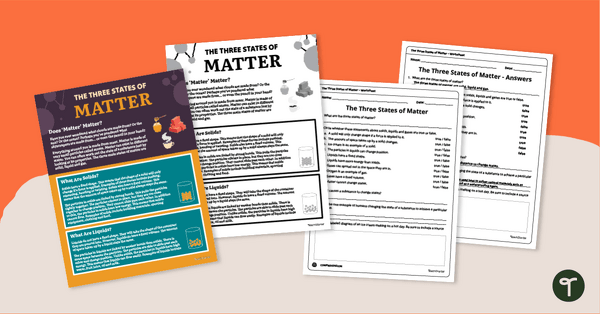
The Three States of Matter – Year 5 Reading Worksheets
Use a Year 5 Reading Comprehension passage and worksheet to teach your students about the three states of matter.
- Plus Plan
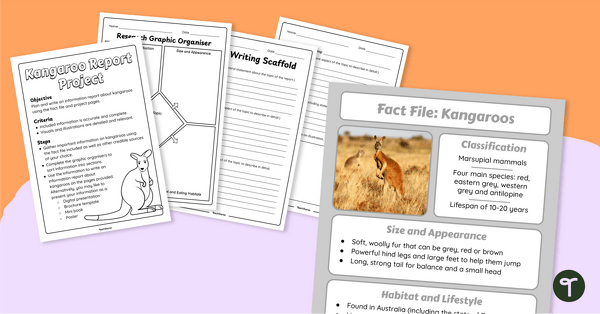
Kangaroo Information Report – Writing Project
Get your students to write a kangaroo information report using this fact file, graphic organiser and writing scaffold.
- Plus Plan
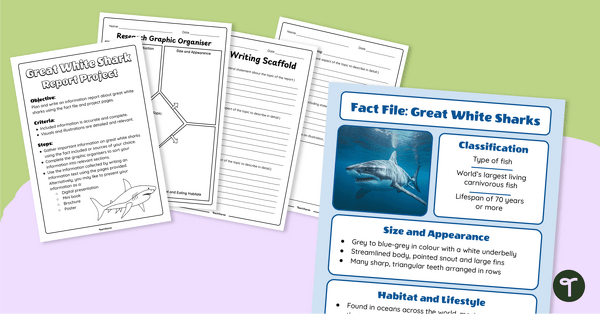
Great White Shark Information Report – Writing Project
Get your students writing a great white shark information report using this age-appropriate fact file and writing scaffold.
- Plus Plan
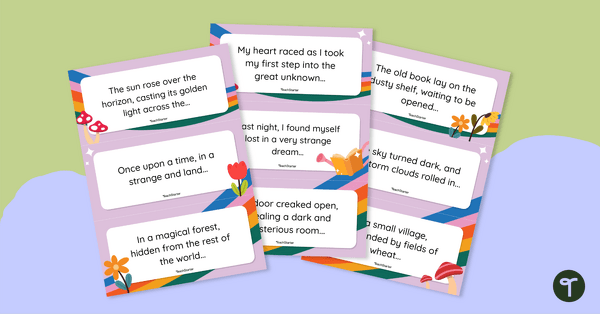
Inspiring Story Starters Task Cards
Get your students writing inspiring stories with this set of story starter task cards.
- Plus Plan
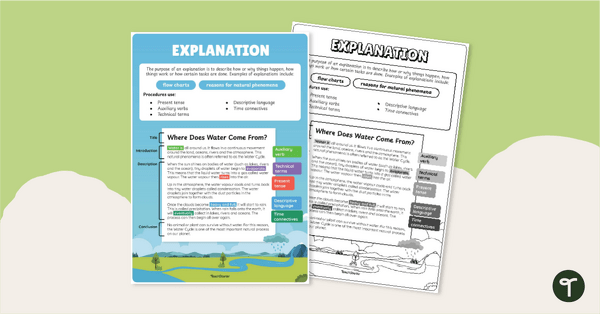
Explanation Text Type Poster With Annotations
Display this explanation text with annotations to help students identify the structure of an explanation.
- Plus Plan
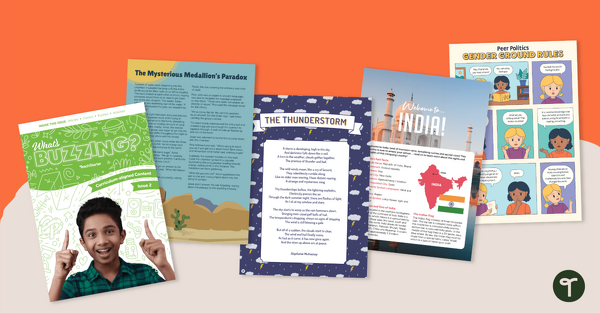
Year 6 Magazine - What's Buzzing? (Issue 2)
Issue 2 of our beautifully designed, 24-page reading magazine specifically designed for Year 6 students.
- Plus Plan
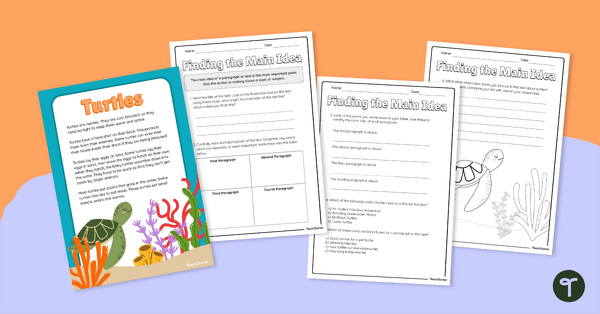
Finding The Main Idea - Comprehension Task (Turtles)
Explore the wonderful world of turtles with this comprehension task focusing on the main idea.
- Plus Plan
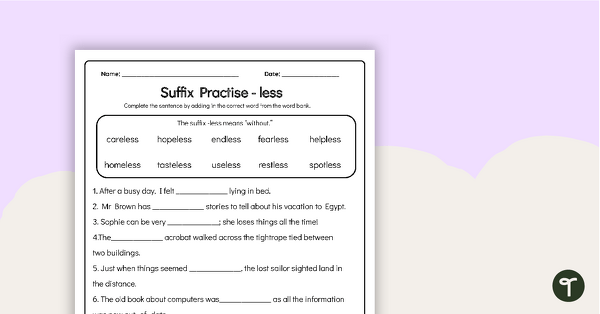
-Less Suffixes Worksheet
Build vocabulary skills with a suffix worksheet featuring the suffix -less.
- Plus Plan

Un- and Dis- Prefixes Worksheet
Build vocabulary skills with a prefix worksheet featuring the prefixes Un- and Dis-.
- Plus Plan
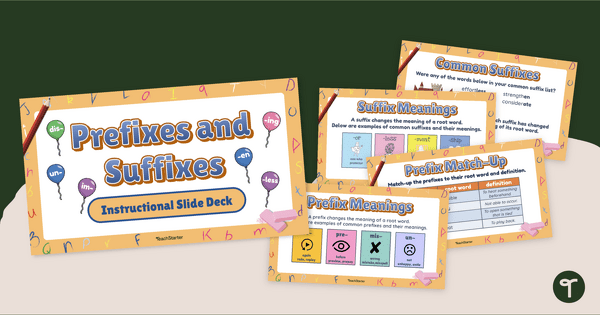
Prefixes and Suffixes PowerPoint
Learn prefix and suffix concepts with an interactive teaching presentation.
- Free Plan
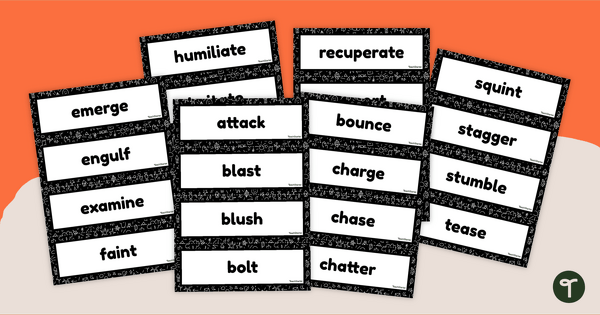
Strong Verbs Word Wall
Print a set of strong verbs word wall cards to help your students boost their writing skills!
- Plus Plan
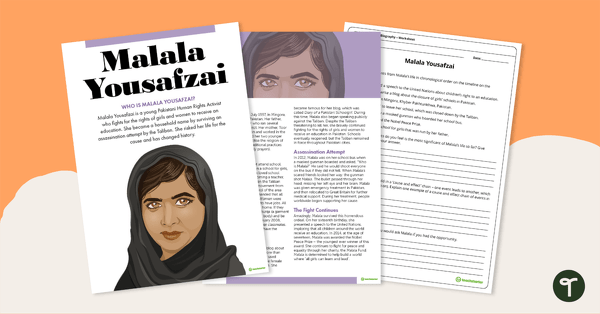
Malala Yousafzai Biography for Students with Worksheets
Introduce young learners to an inspiring changemaker with this Malala Yousafzai biography for students with accompanying worksheets.
- Plus Plan
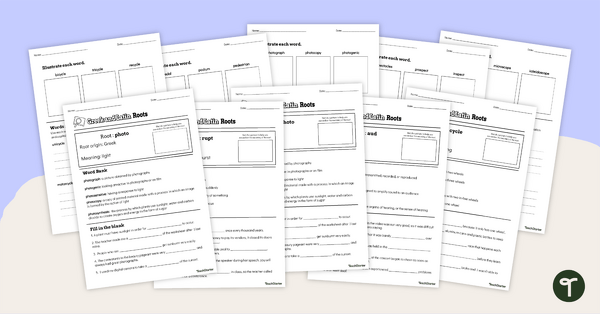
Greek and Latin Roots Worksheet Set
Practise using vocabulary containing Greek roots and Latin roots with these weekly root word worksheets.
- Plus Plan
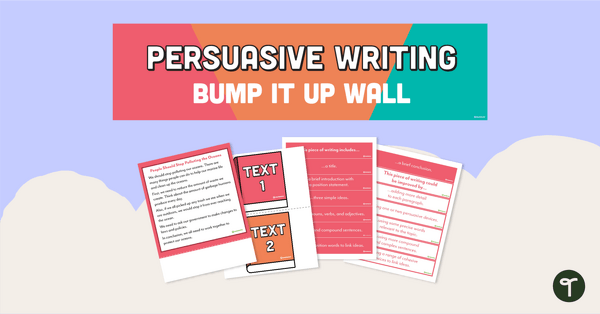
Persuasive Writing Bump It Up Wall – Year 6
A visual display for your classroom to help students ‘bump up’ their persuasive writing.
- Plus Plan
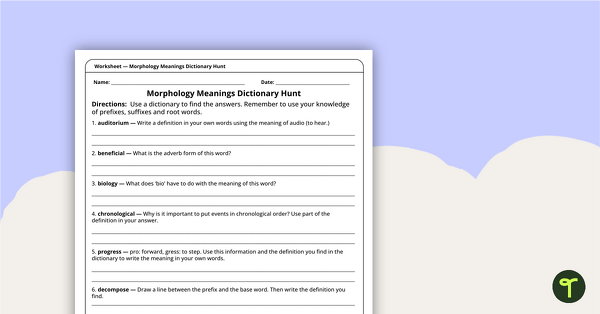
Prefixes, Suffixes and Roots - Dictionary Hunt Worksheet
Investigate the morphological meanings of word-parts with this dictionary hunt.
- Plus Plan
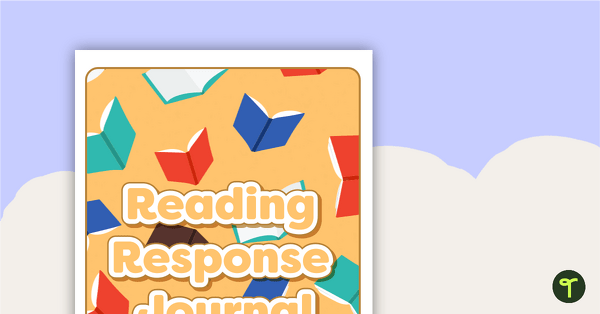
Reading Response Journal – Comprehension Templates
A journal with comprehension sheets designed for students to study texts.
- Plus Plan
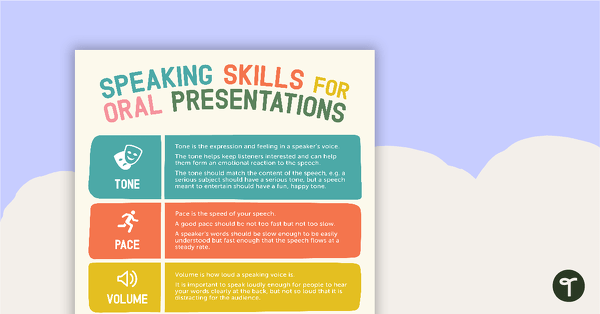
Speaking Skills for Oral Presentations Poster
A poster that explains the skills students need for a great oral presentation!
- Plus Plan
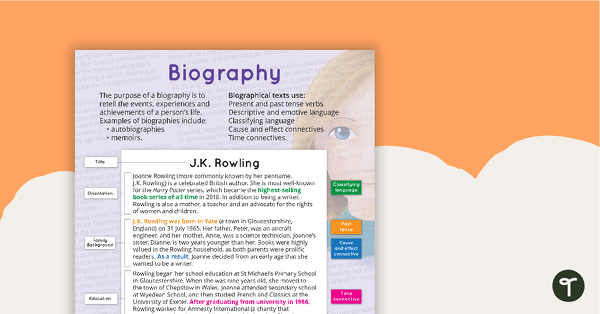
Biography Poster With Annotations
Use this biography poster to introduce your students to the structure and language features of biography writing through an annotated example.
- Plus Plan

Liquid Ice – Worksheet
A comprehension worksheet for a fake advertisement from the Year 5 magazine (Issue 3).
- Plus Plan
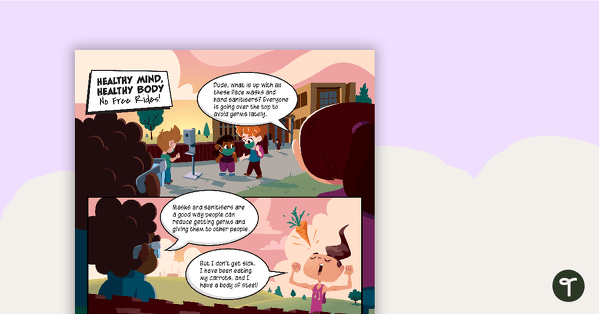
Healthy Mind, Healthy Body: No Free Rides! – Worksheet
A comprehension worksheet for a comic from the Year 5 magazine (Issue 3).
- Plus Plan
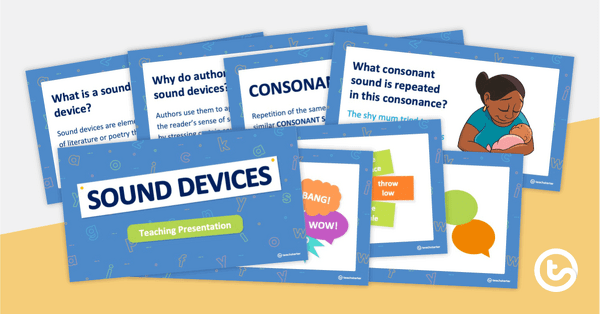
Sound Devices PowerPoint
An editable PowerPoint to use when teaching sound devices to your students.
- Plus Plan
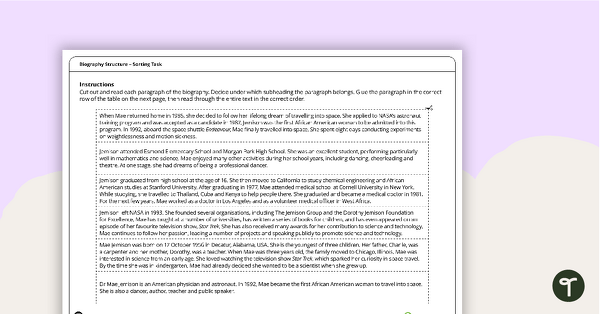
Biography Structure Sorting Worksheets
Teach biography structure with engaging sorting worksheets that help students understand the key sections of a biography using authentic text examples.
- Plus Plan
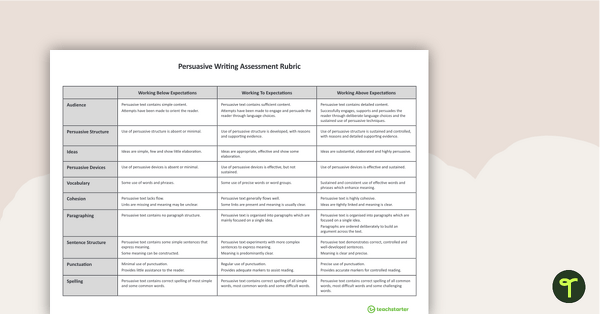
NAPLAN-Style Assessment Rubric - Persuasive Writing
A NAPLAN-style rubric designed to help teachers to assess students' persuasive writing.
- Free Plan
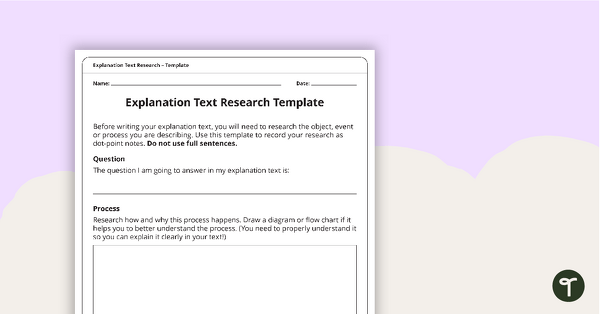
Explanation Text Research Template
A research template for students to use when writing an explanation text.
- Plus Plan
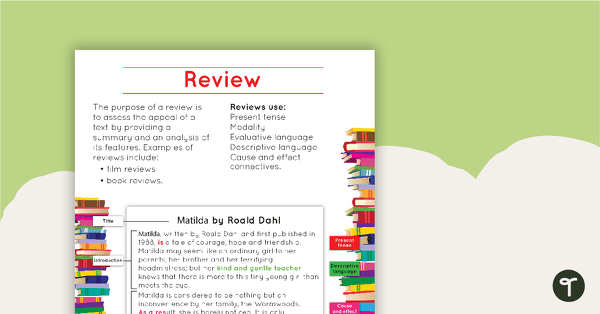
Review Text Type Poster With Annotations
A poster about reviews, including an annotated example.
- Plus Plan
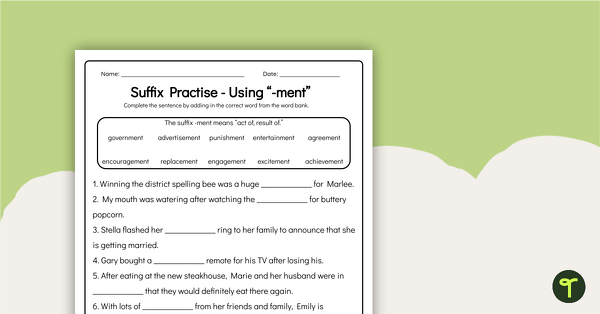
-Ment Suffixes Worksheet
Improve students' understanding of the suffix -ment with a printable suffix worksheet.
- Plus Plan
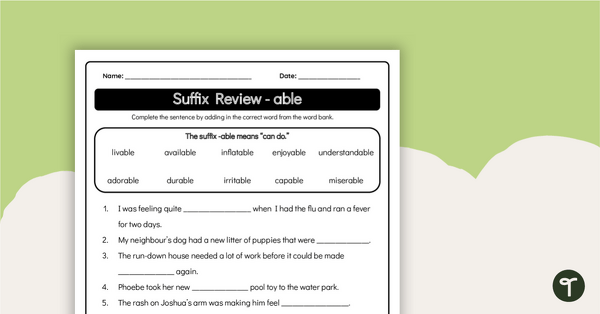
Suffix -Able - Grammar Worksheet
Transform your students’ vocabulary skills with our skill-building English worksheets, featuring the powerful “-able” suffix
- Plus Plan
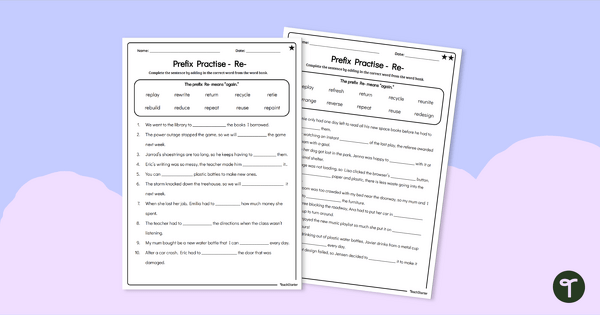
Words with Prefixes Worksheet - Prefix Re-
Build students' understanding of the prefix re-.with a printable prefix worksheet.